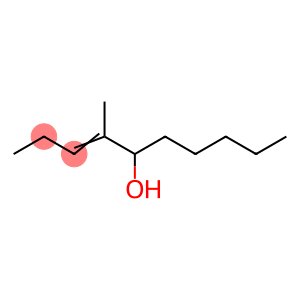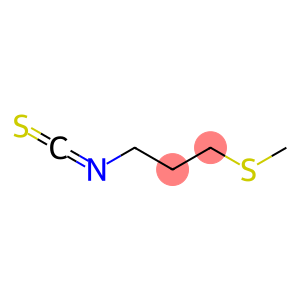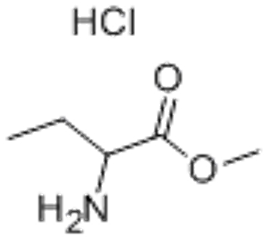tert-Butanol(CAS#75-65-0)
| Risk Codes | R11 – Highly Flammable R20 – Harmful by inhalation R39/23/24/25 - R23/24/25 – Toxic by inhalation, in contact with skin and if swallowed. R36/37 – Irritating to eyes and respiratory system. |
| Safety Description | S9 – Keep container in a well-ventilated place. S16 – Keep away from sources of ignition. S45 – In case of accident or if you feel unwell, seek medical advice immediately (show the label whenever possible.) S36/37 – Wear suitable protective clothing and gloves. S7 – Keep container tightly closed. S46 – If swallowed, seek medical advice immediately and show this container or label. S26 – In case of contact with eyes, rinse immediately with plenty of water and seek medical advice. |
| UN IDs | UN 1120 3/PG 3 |
| WGK Germany | 1 |
| RTECS | EO1925000 |
| TSCA | Yes |
| HS Code | 29051410 |
| Hazard Class | 3 |
| Packing Group | II |
| Toxicity | LD50 orally in rats: 3.5 g/kg (Schaffarzick, Brown) |
Introduction
Tert-butanol (also known as isobutanol) is an organic compound. The following is an introduction to the properties, uses, preparation methods and safety information of tert-butanol:Quality:1. Tert-butanol is a colorless liquid with a specific alcoholic taste.3. Tert-butanol is soluble in water and can also be mixed with most organic solvents.Use:1. As an organic solvent, tert-butanol is commonly used in industrial applications such as paints, coatings, cleaning agents, and adhesives.2. It can also be used as a raw material for the synthesis of certain chemicals, such as tert-butylmethyl ether, tert-butanolone, etc.Preparation method:tert-butanol is often produced by the reduction of tert-butyraldehyde.1. One method is to obtain tert-butanol by reacting isobutyraldehyde with hydrogen in the presence of a catalyst.2. Another method is to form alcohols when aldehydes react with reducing agents.Safety Information:1. Tert-butanol is a flammable liquid, so pay attention to fire prevention measures when storing and using it.2. When using tert-butanol correctly, wear gloves, goggles, and protective clothing to avoid contact with skin and eyes.3. Use tert-butanol in a well-ventilated area to avoid its high vapor concentration.4. Avoid mixing tert-butanol with substances such as strong oxidants and acids to avoid dangerous reactions.5. In case of emergency, if a leak or spill occurs, corresponding measures should be taken immediately to clean it up and keep the surrounding environment well ventilated.








